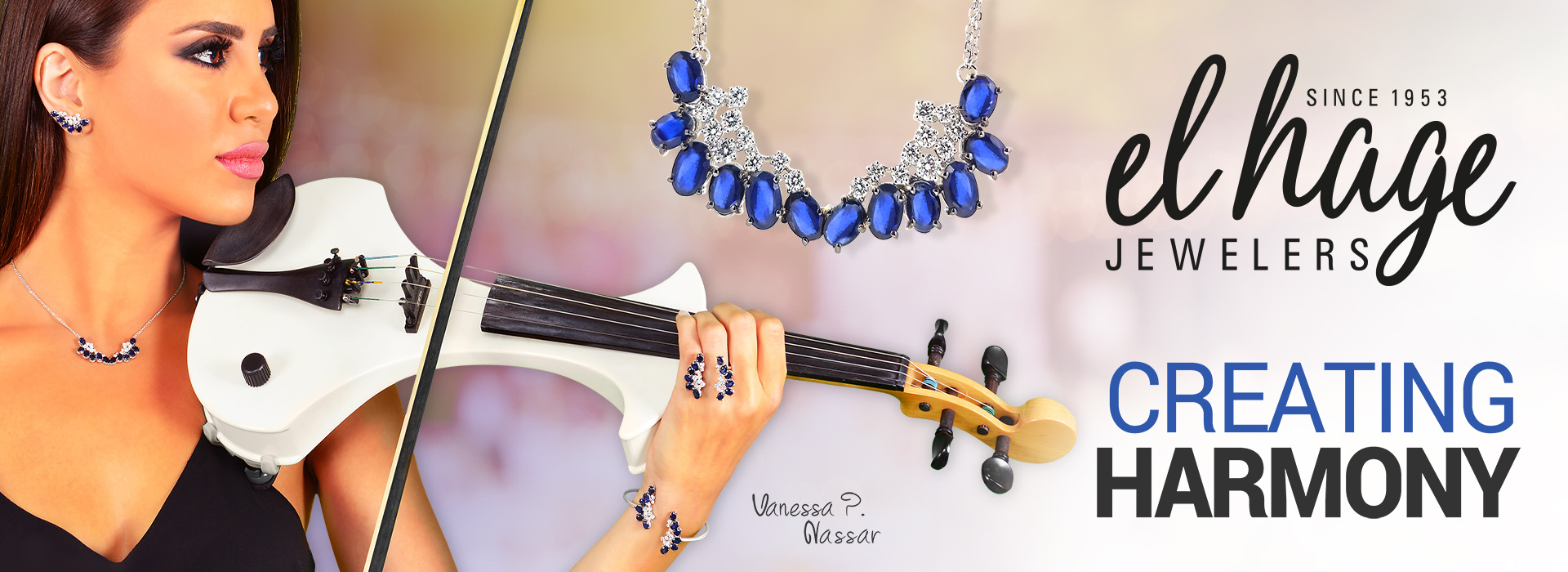DIAMOND FAQ
We welcome any questions that you may have. Please feel free to email or contact us if your question is not listed below.
Diamonds are formed deep within the Earth’s crust, over 90 miles below the surface. They are formed by incredible pressure which transforms pure carbon into diamonds.
The four C’s stand for Carat, Color, Clarity and Cut. These are the standards by which diamonds are graded and priced.
It is generally accepted that Cut is the most important characteristic. This is because even if a diamond has perfect color and clarity, a poor cut will dull its brilliance and sparkle. There is great skill involved in cutting a diamond; it is often done by hand. The time involved and the skill required to cut to such precision is greatly respected and a very specialist skill.
The round brilliant cut diamond is the most popular cut shape for diamonds. It has been given this name because it has been cut to maximise the brilliance (sparkle) of the diamond. It has 58 facets, 33 on the crown and 25 on the pavilion.
There are essentially three styles of cut; the brilliant cut, the step cut and the mixed cut (a combination of brilliant and step cuts).
There are many shapes of diamond. Diamonds are cut into various shapes to accentuate the characteristics of fire and brilliance. Diamonds that are cut in the brilliant style are the round, pear, oval and princess (square). These diamonds are also often called fancy shaped diamonds. Other cuts such as the asscher and emerald cut are stepped cuts. The asscher is a square shape with precise stepped cuts. The emerald cut is a rectangular shape. This ‘stepped’ style of cutting ensures the diamond can be viewed deep into the heart. A radiant cut diamond has a rectangular/ square shape to it and is classed as a mixed cut as it combines the qualities of a brilliant style cut with that of a stepped cut.
Diamonds are recognized as being the hardest known substance on earth (10 on Mohs scale). A diamond can only be cut or polished by another diamond. Diamonds are resistant to heat and pressure, however an extremely hard blow to a diamond can cause it to be chipped. This is a very rare occurrence and only happens when a diamond is hit on a cleavage line within the crystal.
Once a diamond is cleaved from its original crystal and then cut the internal and external qualities and characteristics cannot change. A diamond can become dirty on its surface facets from activities such as swimming and cleaning; the qualities and characteristics of the diamond will be totally unaffected.
Anything that cuts grease will help remove the build-up of oil and dirt from a diamond. Commercially prepared jewelry cleaner is perfectly suited for this purpose as is dish detergent and a bit of ammonia. Other gems may require different cleaning procedures, especially opals, pearls, emeralds, turquoise, and other soft and porous stones. Ask your retail jeweler the best way to clean any stone in question.
A clarity-enhanced diamond is one with improved visual appeal achieved through a technique known as feather or fracture filling. This method introduces a glass material into the stone’s natural fractures or feathers making them less noticeable. While the treatment is stable for normal wear, it is not considered permanent. In most cases, should damage to the treatment occur, the diamond can be repaired and its enhancement restored.
Laser drilling is used to improve the appearance of diamonds with dark imperfections. The most common procedure uses a fine laser beam to tunnel into a diamond and burn the existing inclusion, which is further lightened with acid. As this process is stable, all labs will grade lasered drilled diamonds and indicate the process on their report.
Diamond certificates, or grading reports, are independent documents that provide extensive information about the quality of a diamond. Along with carat weight, measurements, clarity grade, and color grade, some certificates contain detailed information about cut quality.
For reasons not entirely understood, certain diamonds emit a subtle blue glow when exposed to ultraviolet rays. This interesting phenomenon is called fluorescence. Many light sources including the sun, fluorescent office lights, and “black” lights emit ultraviolet rays. In normal lighting conditions, fluorescence cannot be seen.
Diamonds graded as SI-3 (‘slightly included”) contain clarity characteristics that are very easy to see under 10X magnification. The SI-3 category lies between the SI-2 and the I-1 grade.
SI-3 was introduced to the diamond trade in 1992 to better serve the changing needs of the marketplace. The following year the Rapaport Diamond Report created an SI-3 price column, and the grade has gained wider acceptance over the past decade.


